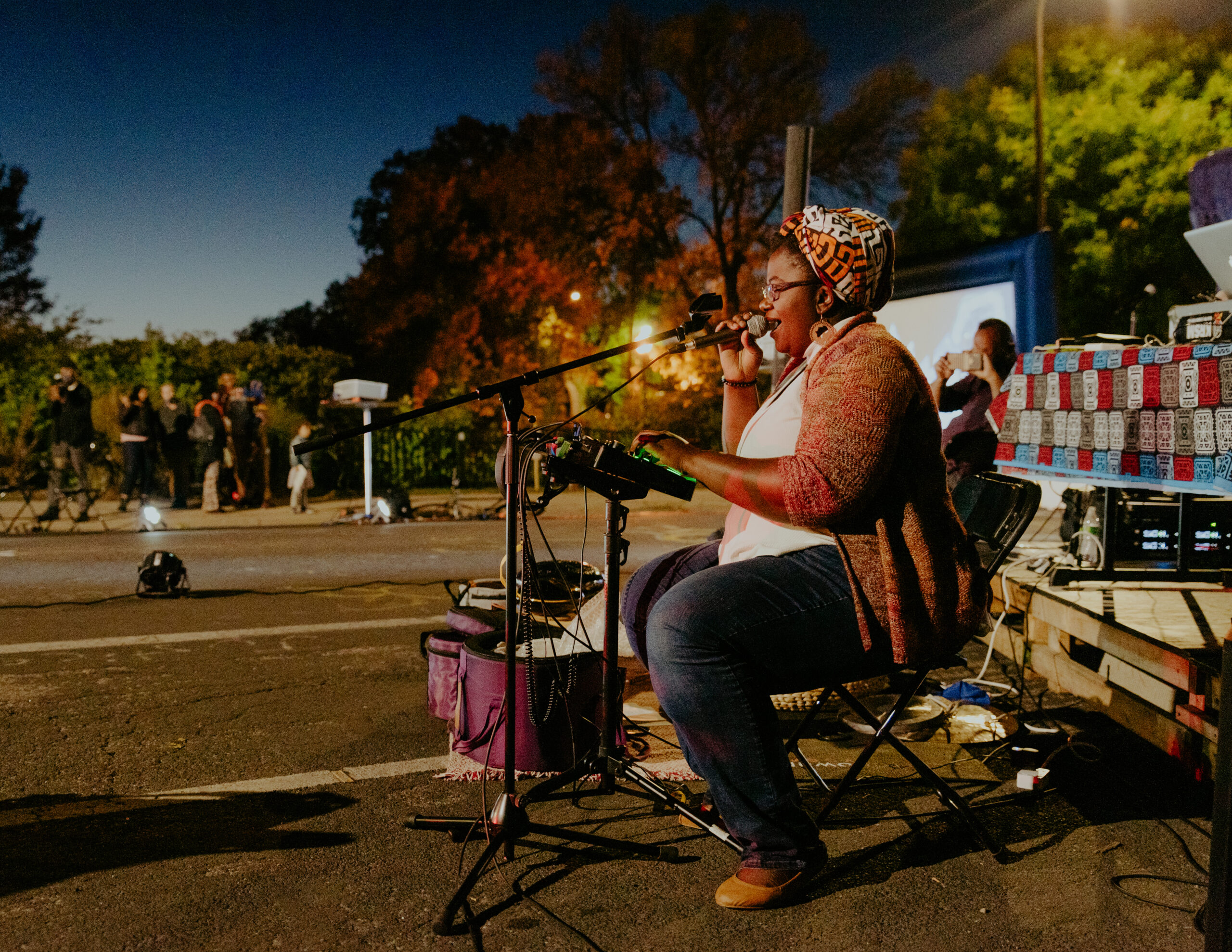In Spring 2024, the City of Minneapolis Arts & Cultural Affairs department launched a survey to gather data on the city’s music scene. Their goal was to help the city and the community make more informed, data-driven decisions about the sector by better understanding the scene and its economic activity.
More than 2,200 people responded to the survey and in early December 2024, the City released their summary report. It offers some key takeaways for artists, audiences, policymakers, and the philanthropic community, which we’ve summarized below. For even more data and analysis, view the full report on the City’s website.
Some Key Takeaways
-
The scene is a little light on venues.
Individuals make up 75% of the sector with smaller representations in Industry (17%) and Venue/Presenter roles (8%). While this shows the strength of individual creatives, it also reveals why those creatives feel like there’s high demand for venues and performances spaces.
-
Music isn’t a full-time job for most.
The average annual income from music across respondents was $28,000, representing 29% of their total income for the year. Most respondents – 61% – work outside of music and 85% of them rely on those outside jobs as their primary source of income. Why? Respondents named stagnant payrates (39%), rising cost of living (36%), and lack of music work (32%) as key concerns.
-
It’s still a gig economy.
Creatives turn to teaching to supplement their income, followed by touring performances, recordings, merchandise, songwriting, and studio work. Even so, many creatives report only partial or minimal income from these activities. Music career challenges are topped by low or uncertain pay (89%) and lack of benefits (71%).
-
Music dollars largely stay local.
Creative respondents spend an average of $4,589 annually on music-related expenses, yielding a collective spend of over $8M annually. Of that spend, 60% stays local – tying with Austin for the highest percentage of creatives working with local industry.
-
Local gigs pay better.
The average pay for a local gig is $231 compared to $113 for touring. Venues host an average of 123 live events per year, with mixed levels of local talent representation in bookings.
-
Venues face market and regulatory challenges.
With venues averaging 123 live events annually, the whole sector offers 17,653 total events each year. There’s a heavy reliance on rented spaces, making spaces vulnerable to market trends. Venues also face regulatory challenges, with sound policy, permit costs, and confusion/inefficiency being the most pressing issues.
-
Resources could strengthen the ecosystem.
Respondents named a few ways to strengthen the scene, including connections with music services (51%) and affordable rehearsal spaces (47%). Venues seek a best practice guide for live music (69%) and audience development tools (67%). They also named marketing, including social media strategies, and booking/promotion/event production training as priorities.
-
Philanthropy plays a limited role.
Only 24% of respondents received financial assistance in the form of nonprofit grants, and support from family and friends, and crowdfunding. Why? They name a range of barriers including lack of awareness (54%), grant-writing skills (26%), and time (18%).
In addition to all this data, the report also shares some more generalized observations – that the scene is mostly safe and welcoming, but has challenges with ageism, elitism, and sexism.
What’s Next
The report is careful to share that while data is a critical part of any strategy, it’s not the end of the conversation. Rather, these findings offer a baseline for conversations about how we can work together – as creatives, administrators, policymakers, and philanthropists – to strengthen and support this important scene.
And within Arts Midwest? Studies like these are incredibly helpful.
They contribute to conversations about how we might strengthen our grantmaking. They highlight the tools and resources that the sector needs to be successful in advancing professional development. And, they invite more conversation about how these needs might be true in other communities in the Midwest.
Arts Midwest supported this survey by encouraging Minneapolis-based artists, venues, and arts leaders to participate and spread the word. Read more about the City’s process and access the full report on the City’s website.
